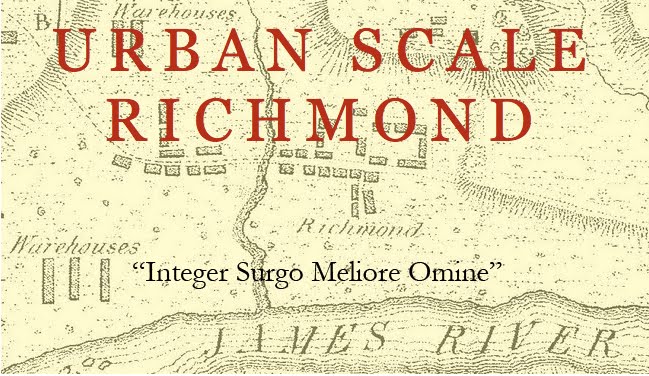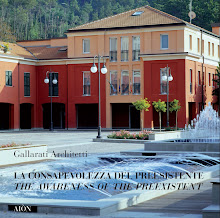 |
"Peace" from the Allegory
of Good Government |
Urbanismo spends a lot of time making parallels between traditional American urbanism and old-world cities in Italy and England. Martha Banta, in her book One True Theory and the Quest for an American Aesthetic (Yale U Press, 2007, 104-5) makes a significant point about the most important uses of public art, one that we would do well to consider:
"Washington DC was unable to provide what the Italian tradition had so much of- well-trained artists and artisans possessed of many skills, the cooperation of guildsmen and bureaucrats, and the willingness of the communes to pay the necessary costs in money and patronage- yet there are certain similarities between what Florence and Rome achieved through their art and architecture and the motives that lay behind America’s capital. Some of these connections are strong, others are loose, but together they provide comparative perspectives that aid in a better understanding of what is involved in making a public art that matched public policies. Both decided that what mattered most was the celebration of the virtus of government power, not the virtu of good government. . . .
But what is present in Siena’s Palazzo Pubblico and sorely missed in the Capitol are frescoes that are visual indicators of what is required of a country’s civic leaders if they wish to advance beyond mere economic and military victories. The three walls in the Sala della Pace (or Sala d’Nove) are covered by Ambrogio Lorenzetti’s murals of 1338-39, allegories known as the Good Government and Bad Government. Beyond their great beauty and the proud position they hold in art history for initiating major innovations in theme and technique is their quiet affirmation of the importance of the city’s commitment to a system based on serving the people with honesty and justice.”
 |
| Detail of Bad Government -The figure of justice lies bound at the feet of tyranny |
Detail of Good Government - The inscription reads:
“Turn your eyes to behold her, you who are governing, who is portrayed here [Justice], crowned on account of her excellence, who always renders to everyone his due. Look how many goods derive from her and how sweet and peaceful is that life of the city where is preserved this virtue who outshines any other. She guards and defends those who honor her, and nourishes and feeds them. From her light is both requiting those who do good and giving due punishment to the wicked."
|
The Allegory and Effects of Good and Bad Government in Sienna's Palazzo Publico (Town Hall) was commissioned in the 1330s to remind the assembled councillors of the importance of virtue in government, by contrasting just republican government with corrupt tyrannical rule.














No comments:
Post a Comment